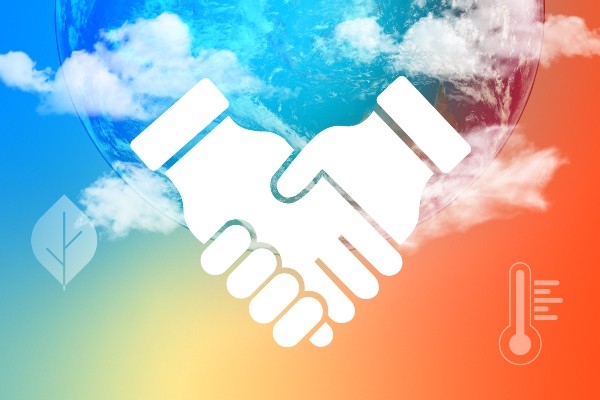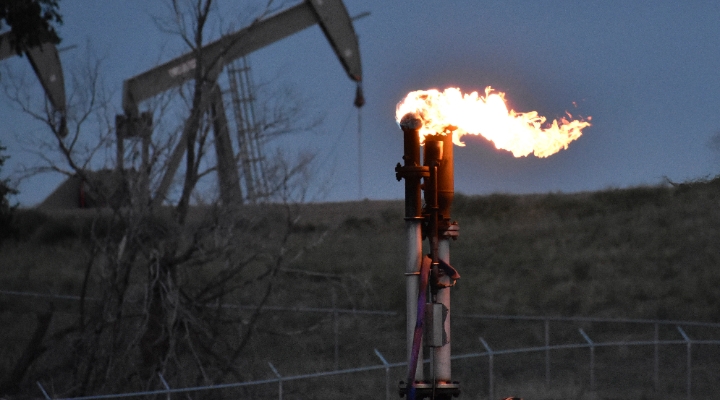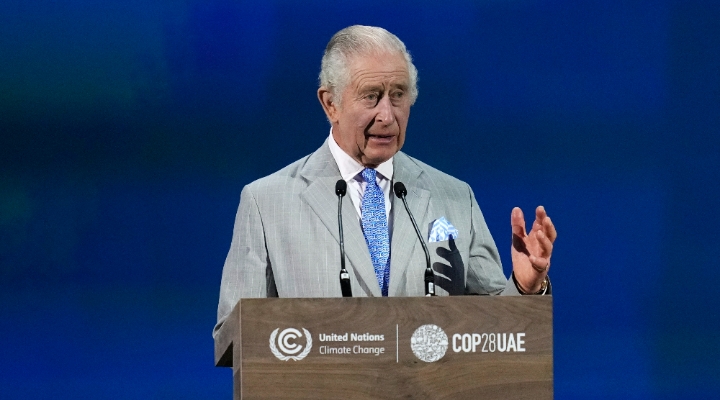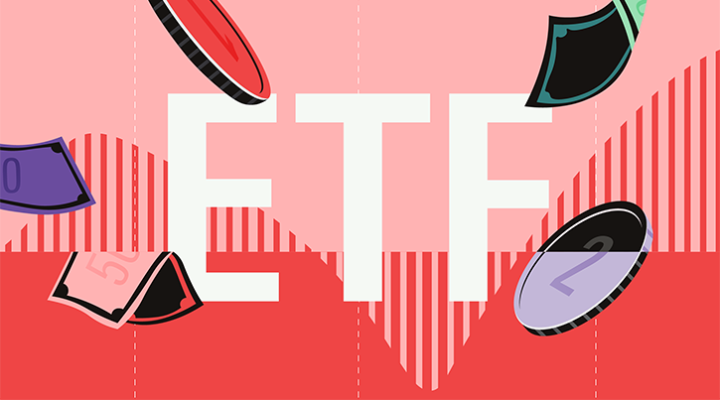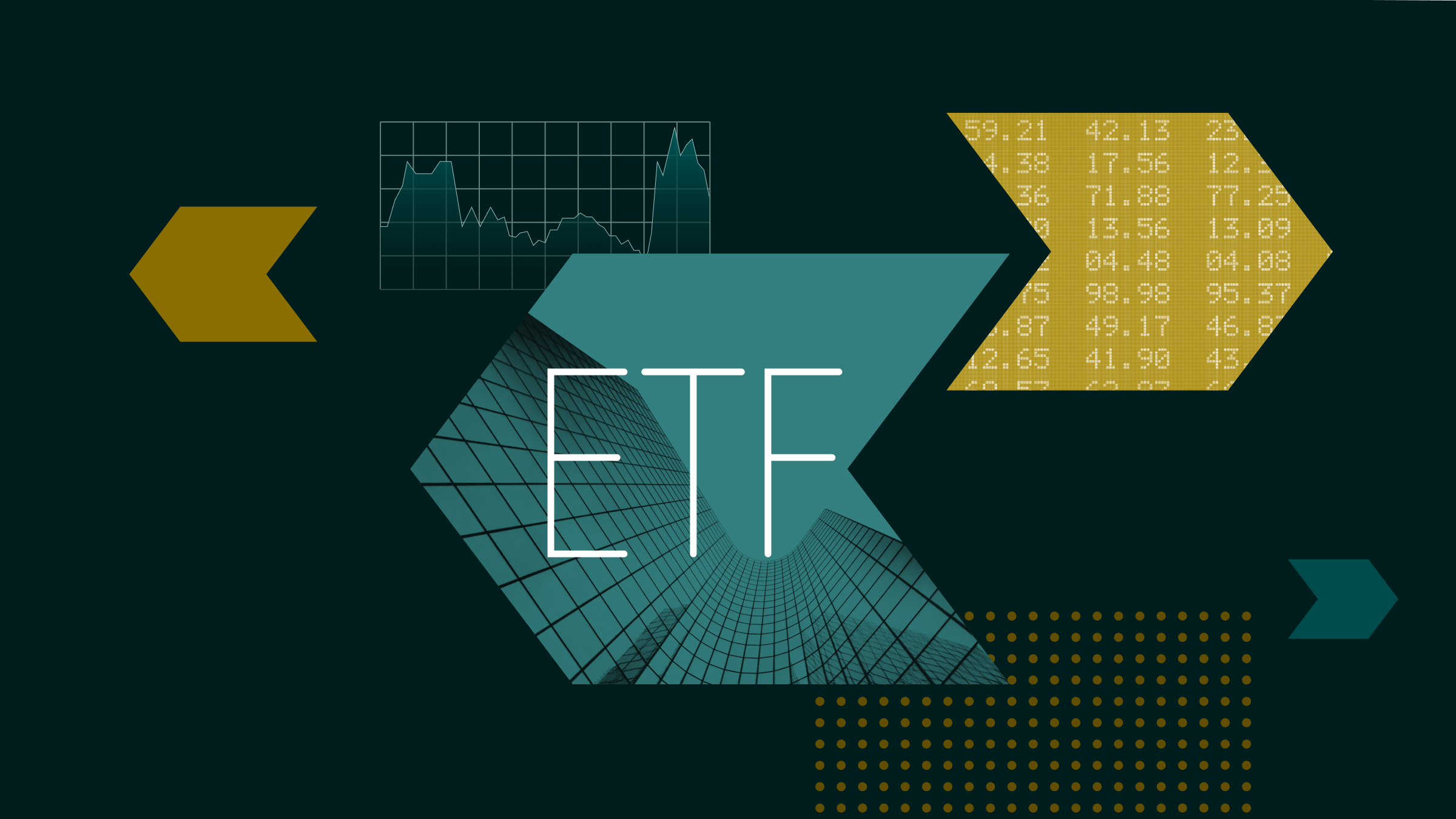
The summer of 2023 was the hottest since records began in 1880, according to NASA. Globally, scientists estimate global warming is in the range of 1.2°C compared with the pre-industrial era.
Heatwaves not only create droughts and wildfires, but also floods and tornados that destroy land and buildings; they also disrupt infrastructure such as transport and other public services.
The frequency of extreme weather events is in fact increasing, and it is almost certain that they have become more intense and frequent since the 1950s.
In the summer of 2023, three regions were particularly hit hard: Southern Europe, the US and Mexico, and China. This summer is unlikely to be unusual.
In its 2022 report, the Intergovernmental Panel on Climate Change (IPCC) identified and assessed eight key risks for human activities, from the disruption of certain activities such as transport systems to the loss of livelihoods, increased poverty and hunger, diseases, water scarcity and conflicts. The IPCC has already confirmed that climate change is related to human activities.
Those key risks, which could rise in the future, will depend on the magnitude of climate change, but also how exposed and vulnerable societes are to those changes.
Heatwaves are one of the deadliest threats to human populations, with around 500,000 people dying every year globally as a result. There are direct impacts (heat shocks) and indirect impacts (spread of diseases).
Risks to Workers
Heat also impacts human capital. In Europe, about 23% of workers were exposed to high temperatures during about 25% of their working time. That was in 2015. It is even worse in specific sectors such as agriculture or construction where workers labour outdoors.
When temperature cross a certain threshold, the probabily of work accidents increases (5 to 7% higher when temperature is between 30°C and 33°C degrees and 10-15% higher when temperature is above 38°C) according to Eurofound, the EU agency for improving living and working conditions.
For an investor, it's almost impossible to insulate your portfolio from those risks in the longer term. You can always look for companies that help mitigate and protect from the consequences of heatwaves.
If we can't reduce the level of greenhouse gas emissions, most notably carbon dioxide and methane, no single sector will escape the consequences in terms of access to resources, whether human or raw materials.
AI and robots are far from being able to replace humans for the most impacted jobs, especially those that require manual dexterity.
Most Exposed Sectors
In a recent report, ESG analysts at Oddo BHF Securities estimated that the most impacted sectors include food, tourism, energy, semiconductors, airports and insurance.
The food industry is going to be impacted by the decline in biodiversity and the quality and cost of its raw materials. "The difficulty for the sector is that the majority of its impacts and dependencies are found upstream of its value chain," they write in their report.
With tourism, we know that Southern European countries might be more impacted than others. Yet the business potentially lost in those countries might be more than compensated by the gain of new business in North European countries, including the UK, Poland and Nordic countries.
While the war in Ukraine demonstrated the fragility of the oil and gas industry to geopolitical risk, climage change might have even more profound consequences for the energy sector.
Droughts, hurricanes, cyclones and floodings impact the production of energy or materials used in their production, such as copper or cobalt. They also affect the resilience of electricity systems and the distribution of energy globally, according to the Oddo BHF report.
In the technology sector, both semiconductor and data centres could be affected by the scarcity of water. Some countries, such as Taiwan, are heavily reliant on the availability of manufacturing capacities of its national champion, TSMC. Higher temperatures might limit its ability to raise production when it is most needed.
Surprisingly, some of its expansion projects are located in regions most exposed to droughts, such as Arizona in the US. Many semiconductor manufacturers have selected Texas to build new capacities and are exposing themselves to the same kind of risksl.
Airlines and Insurance
Among the infrastructure most at risk, Oddo BHF identifies airports as potentially vulnerable to climate change, especially floodings and heatwaves.
According to the IPCC, the performance of planes, the runways, personnel and buildings are becoming more fragile during heat waves, which would translate into accelerated depreciation of certain assets and the need to invest more money to mitigate climate change impact.
"The increase in extreme weather phenomena directly affects the economic model of insurers and reinsurers", explains Oddo BHF.
"First, on the liabilities side of their balance sheets, the multiplication of damage caused by natural disasters inevitably leads to losses linked to their coverage. Secondly, the depreciation of portfolios, induced by the reaction of the markets in anticipation of new regulations for example can affect the assets on the balance sheet of insurers."
Climate change has not only driven an increase in insurance premiums, but it has also been used as an excuse for some insurance companies to reduce the coverage in their policies.
"The increase in natural disasters intensifies the societal challenges facing the sector," says Oddo BHF.










